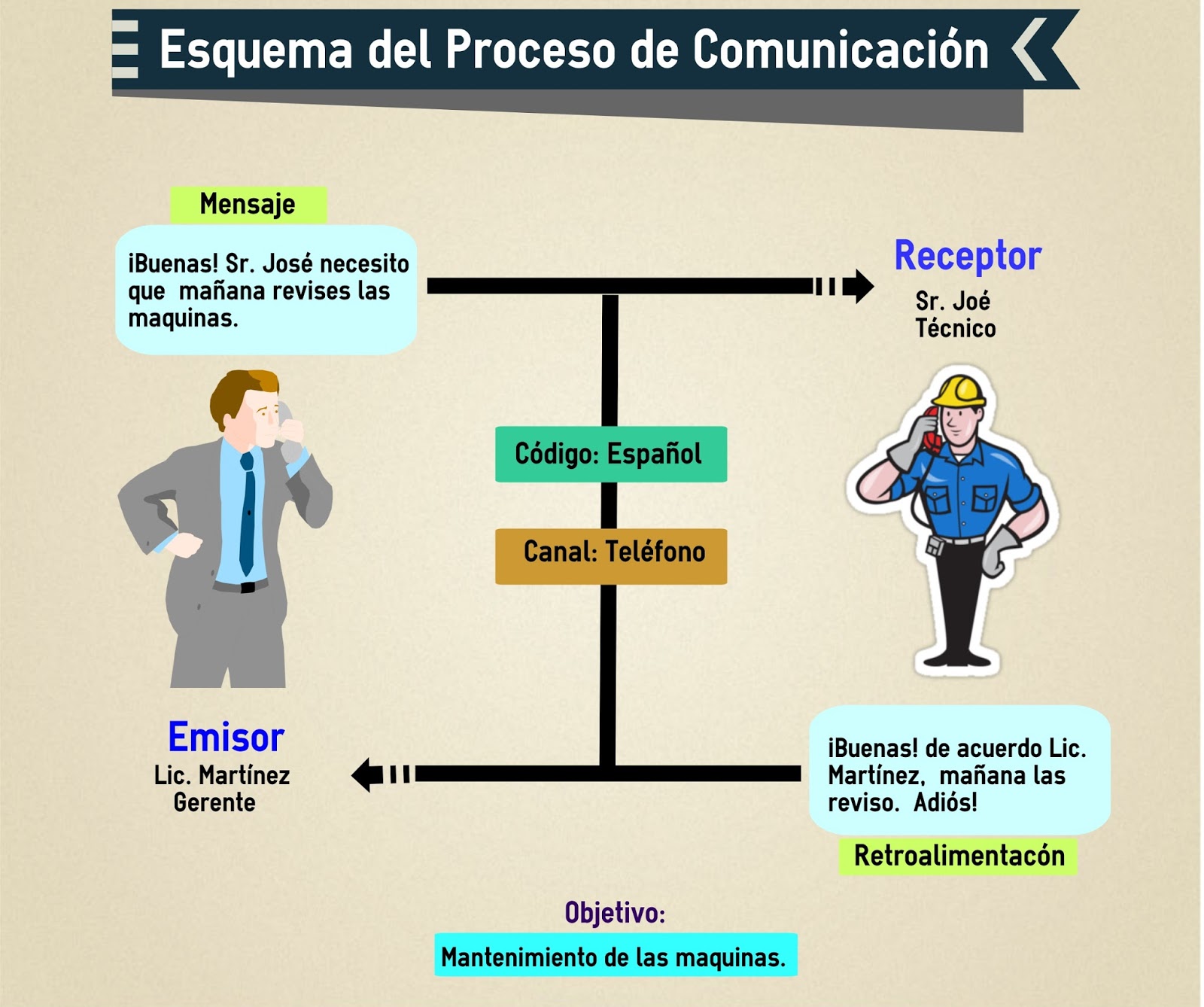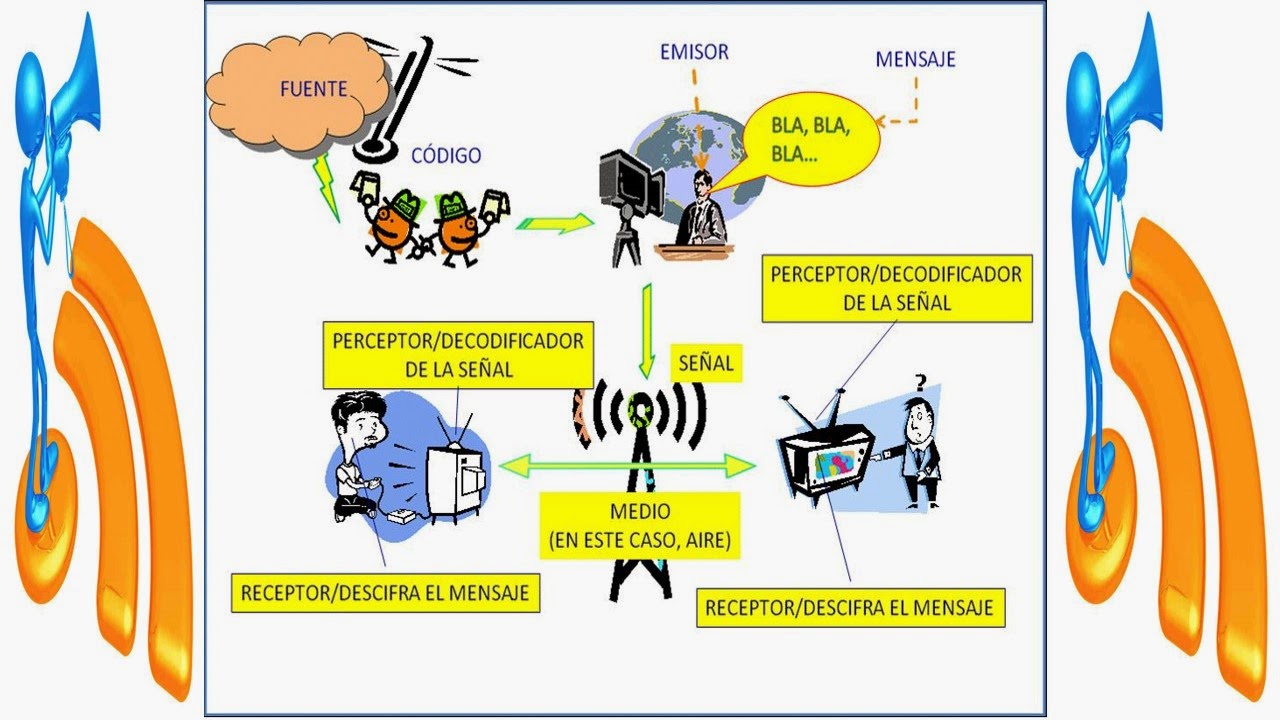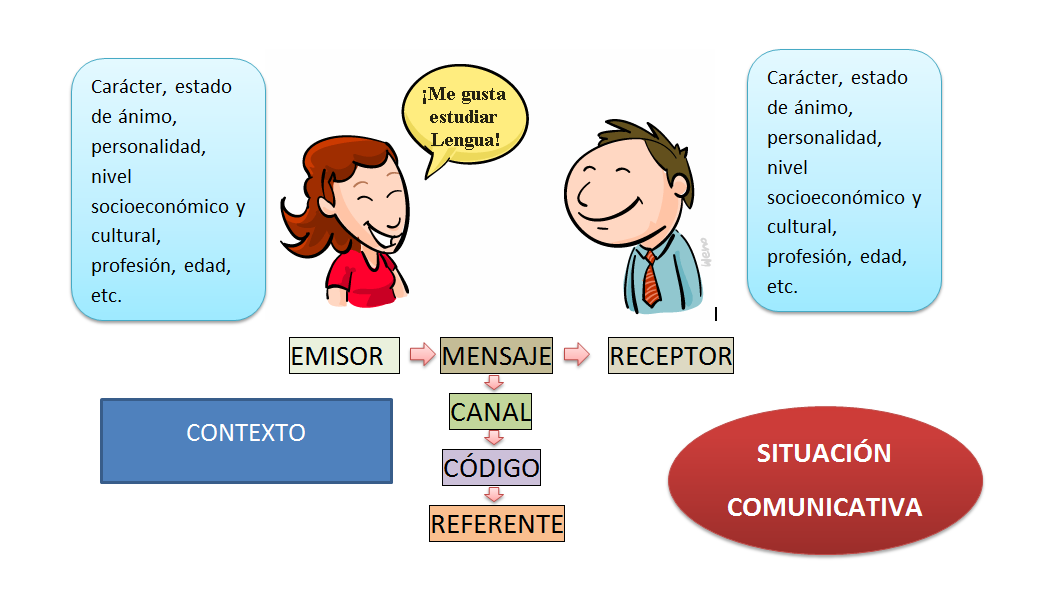What is the communication process?
The communication process is the act of conveying information between two or more people. It involves a sender, a receiver, and a message. The sender is the person who creates the message, the receiver is the person who receives the message, and the message is the information that is being conveyed.
There are many different ways to communicate, including verbal communication, nonverbal communication, and written communication. Verbal communication is the use of words to convey a message, nonverbal communication is the use of body language, gestures, and facial expressions to convey a message, and written communication is the use of written words to convey a message.
The communication process is important because it allows people to share information, ideas, and feelings. It is also important for building relationships and maintaining social connections.
There are many different factors that can affect the communication process, including the sender's and receiver's cultural backgrounds, their personal experiences, and the context in which the communication is taking place.
The communication process
The communication process is essential for human interaction and understanding. It involves the transmission of information between two or more people, and can be verbal, nonverbal, or written.
- Sender: The person who creates the message.
- Receiver: The person who receives the message.
- Message: The information that is being conveyed.
- Channel: The medium through which the message is sent.
- Feedback: The response from the receiver to the sender.
- Context: The situation in which the communication takes place.
These key aspects of the communication process are all interconnected, and each one plays an important role in ensuring that the message is transmitted and received effectively. For example, the sender must be clear about their message and the channel they choose must be appropriate for the receiver. The receiver must be attentive to the message and provide feedback to the sender. The context in which the communication takes place can also affect the way that the message is interpreted.
By understanding the key aspects of the communication process, we can improve our communication skills and become more effective communicators.
Sender
The sender is the person who creates the message. They are responsible for encoding the message in a way that the receiver can understand. The sender must also consider the context in which the message is being sent, and tailor the message accordingly.
For example, if a sender is sending a message to a friend, they may use informal language and slang. However, if they are sending a message to a colleague, they may use more formal language and avoid using slang.
The sender's role in the communication process is essential. Without a sender, there would be no message, and communication would not be possible.
Importance of the sender in the communication process
The sender plays a vital role in the communication process. They are responsible for: Encoding the message in a way that the receiver can understand. Considering the context in which the message is being sent. Tailoring the message to the receiver's needs.Without a sender, communication would not be possible.Challenges faced by senders
Senders may face a number of challenges, including: Choosing the right channel for the message. Encoding the message in a clear and concise way. Considering the receiver's needs and expectations.Tips for effective sending
Senders can improve their effectiveness by following these tips: Choose the right channel for the message. Encode the message in a clear and concise way. Consider the receiver's needs and expectations. Get feedback from the receiver to ensure that the message was received and understood as intended.Receiver
The receiver is the person who receives the message. They are responsible for decoding the message and interpreting its meaning. The receiver must also consider the context in which the message was sent and the sender's intentions.
- Decoding the message: The receiver must be able to understand the language and symbols used in the message. They must also be able to interpret the message's meaning, taking into account the context in which it was sent.
- Interpreting the meaning: The receiver must interpret the message's meaning based on their own knowledge and experiences. They must also consider the sender's intentions and the context in which the message was sent.
- Providing feedback: The receiver may provide feedback to the sender to indicate that they have received and understood the message. Feedback can be verbal, nonverbal, or written.
- Taking action: The receiver may take action based on the message they have received. For example, they may reply to the sender, follow instructions, or make a decision.
The receiver plays a vital role in the communication process. Without a receiver, there would be no one to receive the message, and communication would not be possible.
Message
In the communication process, the message is the information that is being conveyed from the sender to the receiver. It can be verbal, nonverbal, or written, and it can take many different forms, such as a speech, a letter, a painting, or a dance. The message is the heart of the communication process, and it is essential for understanding the sender's intentions and the receiver's response.
- Clarity: The message should be clear and concise, so that the receiver can easily understand it. This means using precise language, avoiding jargon, and organizing the message in a logical way.
- Accuracy: The message should be accurate and truthful. This means checking the facts and making sure that the information is correct before sending it.
- Relevance: The message should be relevant to the receiver's needs and interests. This means tailoring the message to the receiver's specific situation and using language that they will understand.
- Timeliness: The message should be sent at the right time. This means considering the receiver's schedule and making sure that the message is not sent too early or too late.
By following these principles, senders can create messages that are clear, accurate, relevant, and timely. These messages are more likely to be received and understood by the receiver, and they are more likely to achieve the sender's desired outcome.
Channel
The channel is the medium through which the message is sent from the sender to the receiver. It can be verbal, nonverbal, or written, and it can take many different forms, such as face-to-face conversation, telephone, email, or social media. The channel is an important part of the communication process, as it can affect the way that the message is received and interpreted.
For example, if a sender sends a message via email, the receiver may be more likely to read it carefully and respond in a thoughtful way. However, if the sender sends the same message via text message, the receiver may be more likely to skim the message and respond quickly.
Therefore, it is important for senders to choose the right channel for their message, taking into account the receiver's preferences and the nature of the message.
Here are some examples of different channels that can be used in the communication process:
- Verbal: face-to-face conversation, telephone, video call
- Nonverbal: body language, facial expressions, gestures
- Written: email, letter, text message, social media post
The choice of channel can also affect the formality of the message. For example, a sender may choose to use a formal tone in an email to a colleague, but a more informal tone in a text message to a friend.
By understanding the different channels that can be used in the communication process, senders can choose the channel that is most appropriate for their message and audience.
Feedback
Feedback is an essential part of the communication process. It allows the sender to know whether or not their message was received and understood, and it gives the receiver an opportunity to clarify any misunderstandings. Feedback can be verbal, nonverbal, or written, and it can take many different forms, such as a response to a question, a nod of the head, or a thumbs-up emoji.
- Verbal feedback: Verbal feedback is any type of feedback that is communicated through words. This can include spoken words, such as a response to a question or a comment, or written words, such as a letter or an email.
- Nonverbal feedback: Nonverbal feedback is any type of feedback that is communicated through body language, facial expressions, or gestures. This can include nodding or shaking the head, smiling or frowning, or making eye contact.
- Written feedback: Written feedback is any type of feedback that is communicated through writing. This can include letters, emails, text messages, or social media posts.
Feedback is important for effective communication because it allows the sender to know whether or not their message was received and understood. It also gives the receiver an opportunity to clarify any misunderstandings. Without feedback, the sender would not be able to know whether or not their message was successful, and the receiver would not be able to get the information they need.
Context
The context of communication is the set of circumstances that surrounds an interaction. It includes the physical environment, the social and cultural context, and the participants' personal experiences and expectations. Context is important because it influences how messages are interpreted and understood.
For example, the meaning of a message can change depending on the physical environment in which it is communicated. A message that is spoken in a loud and aggressive tone may be interpreted as threatening in a quiet library, but it may be interpreted as assertive in a busy marketplace. Similarly, the meaning of a message can change depending on the social and cultural context in which it is communicated. A message that is appropriate in one culture may be considered offensive in another.
The participants' personal experiences and expectations can also influence how messages are interpreted and understood. For example, a message from a friend may be interpreted differently than a message from a stranger. Similarly, a message from a boss may be interpreted differently than a message from a peer.
Understanding the context of communication is essential for effective communication. By considering the context, communicators can adapt their messages to the audience and situation, and they can avoid misunderstandings.
FAQs about the communication process
The communication process is a complex and multifaceted phenomenon. It involves a sender, a receiver, a message, a channel, and feedback. The context in which the communication takes place is also an important factor.
Here are some frequently asked questions about the communication process:
Question 1: What are the key elements of the communication process?The key elements of the communication process are the sender, the receiver, the message, the channel, and feedback.
Question 2: What is the difference between verbal and nonverbal communication?Verbal communication is the use of words to communicate a message. Nonverbal communication is the use of body language, facial expressions, and gestures to communicate a message.
Question 3: What is the importance of context in communication?Context is important in communication because it influences how messages are interpreted and understood. The physical environment, the social and cultural context, and the participants' personal experiences and expectations can all affect the meaning of a message.
Question 4: What are some common barriers to communication?Some common barriers to communication include noise, distractions, cultural differences, and language barriers.
Question 5: How can we improve our communication skills?We can improve our communication skills by being clear and concise, listening actively, and being aware of our nonverbal communication.
The communication process is a complex and multifaceted phenomenon, but it is also an essential part of human interaction. By understanding the communication process, we can improve our communication skills and become more effective communicators.
Transition to the next article section...
Conclusion
The communication process is a complex and multifaceted phenomenon. It involves a sender, a receiver, a message, a channel, and feedback. The context in which the communication takes place is also an important factor.
Understanding the communication process is essential for effective communication. By understanding the key elements of the communication process, we can improve our communication skills and become more effective communicators.
In this article, we have explored the key aspects of the communication process. We have discussed the importance of each element of the communication process, and we have provided tips for improving our communication skills.
We hope that this article has been helpful. We encourage you to continue learning about the communication process so that you can become a more effective communicator.
Meet McGruff: The Iconic Crime Dog, Protecting Communities Nationwide
The Ultimate Guide To Amazon Gift Returns: Everything You Need To Know
Lowes Kitchen Remodel Cost: Plan Your Kitchen Upgrade

Comunicación Humana 1.3 Elementos del proceso de comunicación

Teorías de la comunicación Juan Camilo Ibarra Ficha 6 El proceso

6° Grado Blog de clase EL PROCESO DE LA COMUNICACIÓN